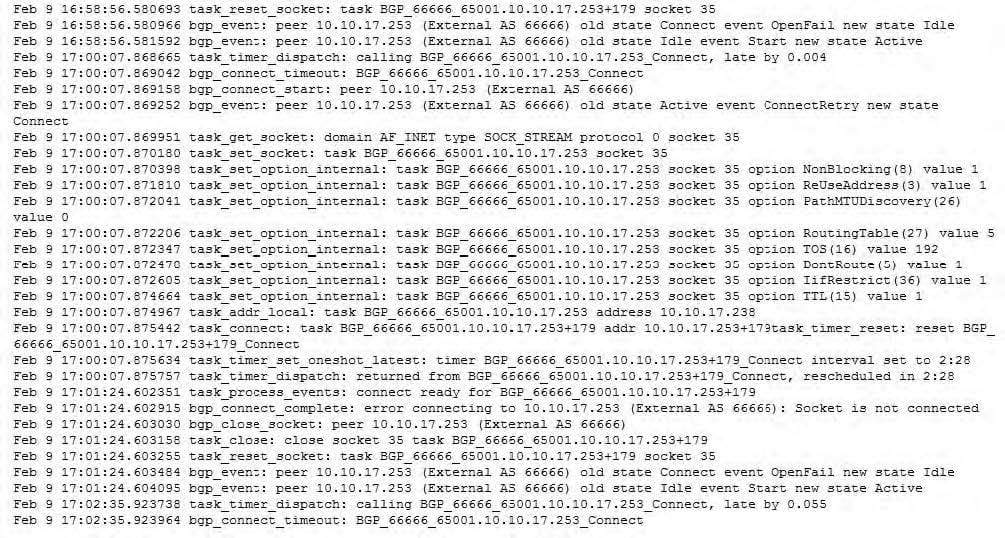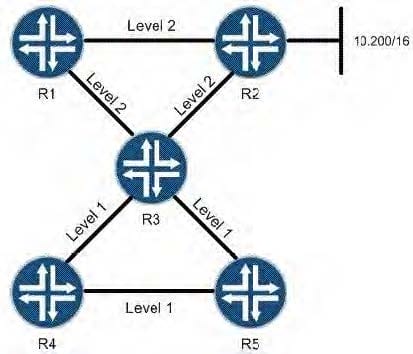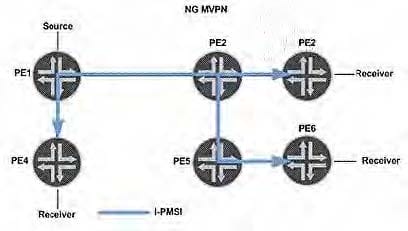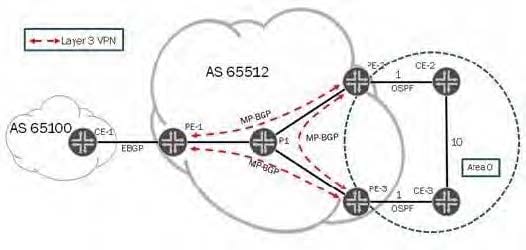
JN0-692 Exam Questions & Answers
Exam Code: JN0-692
Exam Name: Service Provider Routing and Switching Support, Professional
Updated: Nov 16, 2024
Q&As: 171
At Passcerty.com, we pride ourselves on the comprehensive nature of our JN0-692 exam dumps, designed meticulously to encompass all key topics and nuances you might encounter during the real examination. Regular updates are a cornerstone of our service, ensuring that our dedicated users always have their hands on the most recent and relevant Q&A dumps. Behind every meticulously curated question and answer lies the hard work of our seasoned team of experts, who bring years of experience and knowledge into crafting these premium materials. And while we are invested in offering top-notch content, we also believe in empowering our community. As a token of our commitment to your success, we're delighted to offer a substantial portion of our resources for free practice. We invite you to make the most of the following content, and wish you every success in your endeavors.

Download Free Juniper JN0-692 Demo
Experience Passcerty.com exam material in PDF version.
Simply submit your e-mail address below to get started with our PDF real exam demo of your Juniper JN0-692 exam.
![]() Instant download
Instant download
![]() Latest update demo according to real exam
Latest update demo according to real exam
* Our demo shows only a few questions from your selected exam for evaluating purposes
Free Juniper JN0-692 Dumps
Practice These Free Questions and Answers to Pass the JNCIA Exam
One of your router's OSPF adjacencies is down.
What are three reasons for this adjacency state change? (Choose Three)
A. A filter has just been configured on one of the OSPF routers.
B. The OSPF hello value is the same on both routers.
C. The controlling BFD session state has gone down.
D. The authentication key on both routers matches.
E. One of the physical interfaces has gone down.

You are asked to configure an EBGP peering, but the peering does not establish and transitions between the Connect and Active states.
Referring to the exhibit, what is causing the problem?
A. The number of messages from the BGP peer has exceeded the receive socket buffer.
B. An incorrect local AS has been configured in the BGP group configuration.
C. BGP is waiting to receive a keepalive or notification message from the peer.
D. The BGP peer has an incorrect address configured, causing a connectivity failure.
Click the Exhibit button.

R2 is announcing the 10.200/16 network to its IS-IS neighbors. No routing policies have been applied to R3. Referring to the exhibit, will R5 have 10.200/16 as an IS-IS route?
A. Yes; IS-IS level 2 externals are passed from level 2 to level 1 by default.
B. No; IS-IS level 2 externals are only passed to level 1 if wide-metrics-only is configured on all routers.
C. Yes; all level 2 routing information is shared throughout an IS-IS domain by default.
D. No; IS-IS does not announce routes from level 2 to level 1 unless a routing policy is applied.
Click the Exhibit button.

In the exhibit, NG-MVPN is used for a Layer 3 VPN. Which two statements are valid? (Choose two.)
A. The egress PEs for I-PMSI tunnels should signal a label value of 3.
B. The vrf-table-label parameter is configured on the PEs.
C. PIM must be enabled on the PE and P routers.
D. The provider tunnel shown is similar to a draft-Rosen default MDT.
Click the Exhibit button

You manage the network in the exhibit. Your customer contacts you and requests that OSPF traffic being
routed between CE-2 and CE-3 use the VPN connection instead of the direct connection in its local
network.
In addition to creating a sham link between PE-2 and PE-3, what step is required?
A. Set the sham link remote metric to be lower than 8.
B. Set the sham link local metric to be lower than 8.
C. Set the sham link preference to be lower than 8.
D. Set the sham link interface metric to be lower than 8.
Viewing Page 1 of 3 pages. Download PDF or Software version with 171 questions

